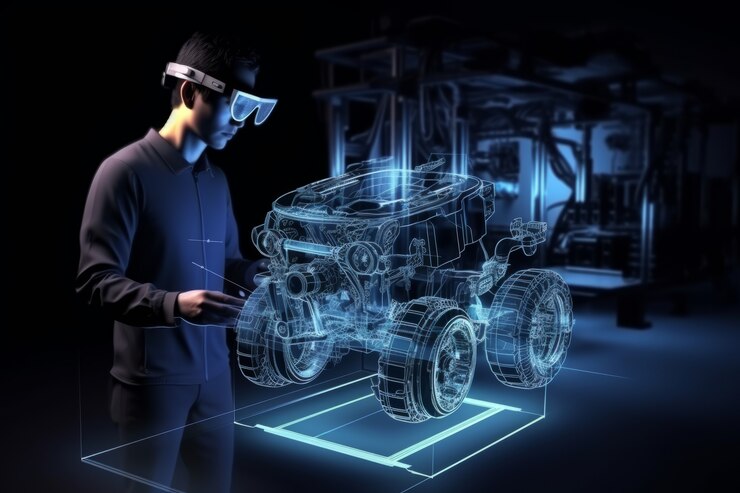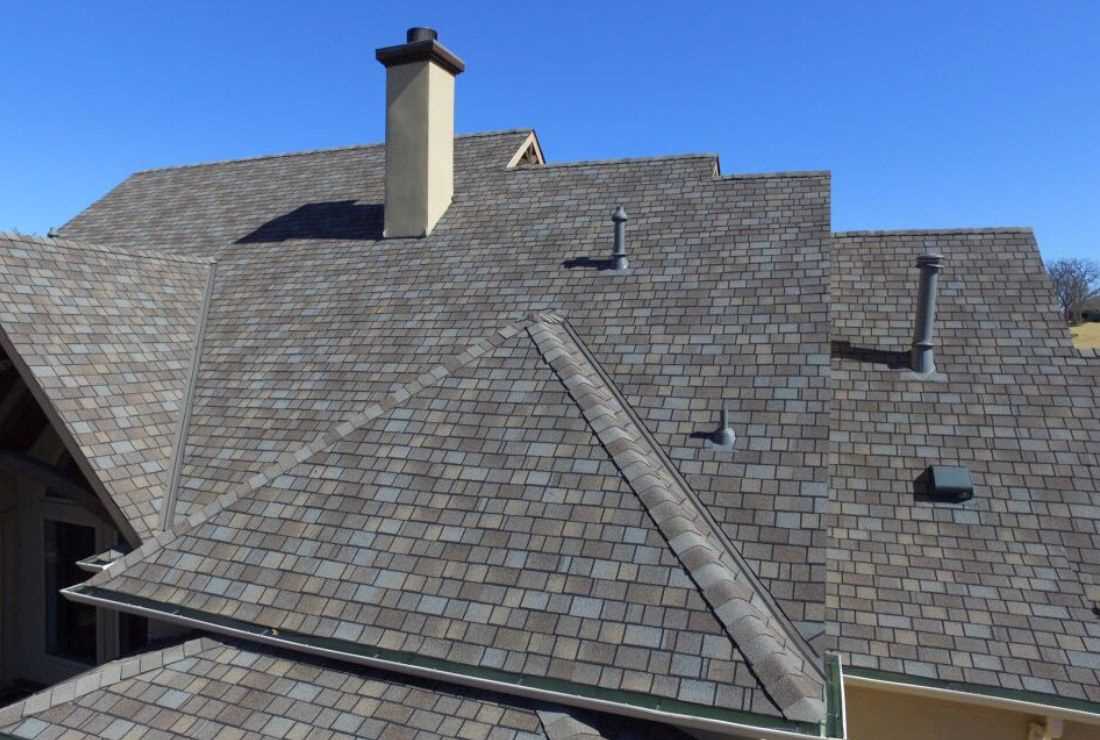In today’s automotive industry, high-quality visuals are no longer a luxury; they’re a necessity. From showcasing gleaming vehicles in dealerships to documenting repairs and detailing processes, automotive imaging tools play a crucial role in every aspect of the business. But with so many options available, how do you choose the right tools and streamline your workflow?
This guide will equip you with the knowledge and insights to optimize your automotive imaging process. We’ll delve into essential tools, explore best practices, and offer tips to maximize efficiency and produce stunning visuals.
Essential Automotive Imaging Tools
1. Camera:
The foundation of any automotive imaging setup is a reliable camera. While smartphones have come a long way, a dedicated camera offers superior image quality, control over settings, and interchangeable lenses for versatility.
- DSLRs (Digital Single-Lens Reflex): These workhorses provide exceptional image quality, manual controls, and a wide range of compatible lenses. Ideal for professional photographers who require flexibility and high-resolution images.
- Mirrorless Interchangeable-Lens Cameras (MILCs): Lighter and more compact than DSLRs, MILCs offer excellent image quality and interchangeable lenses. They’re a good choice for photographers who prioritize portability without sacrificing quality.
- Point-and-Shoot Cameras: While not ideal for professional use, point-and-shoot cameras can be sufficient for simple documentation purposes. Their compact size makes them convenient for quick on-the-go shots.
2. Lenses:
The lens you choose significantly impacts the final image. Here are some popular options for automotive photography:
- Wide-Angle Lenses: Capture expansive shots, ideal for showcasing entire vehicles in tight spaces or creating dramatic compositions.
- Prime Lenses: Offer a fixed focal length (e.g., 50mm) but excel in sharpness, low-light performance, and affordability.
- Telephoto Lenses: Allow you to zoom in for close-up detail shots of specific features or engine components.
3. Lighting:
Lighting is paramount for achieving professional-looking automotive images. Here are some key tools:
- Studio Strobes: Provide powerful bursts of light for controlled studio environments.
- Speedlights: Portable flash units that offer more flexibility for on-location shoots.
- Softboxes and Diffusers: Soften harsh light, creating flattering shadows and even illumination.
- Reflectors: Bounce light back onto the subject, reducing shadows and filling in details.
4. Tethering and Remote Triggers:
Tethering allows you to connect your camera to a computer for real-time image viewing and editing. Remote triggers eliminate camera shake caused by pressing the shutter button directly.
5. Post-Processing Software:
Software like Adobe Photoshop Lightroom or Skylum Luminar allows for advanced editing, noise reduction, color correction, and other enhancements to elevate your automotive images.
Best Practices for Automotive Imaging
- Planning and Preparation: Scout locations beforehand, consider the time of day for optimal lighting, and have a clear vision for the final image.
- Composition: Apply basic principles like the rule of thirds and leading lines to create visually appealing compositions.
- Lighting: Experiment with different lighting setups to achieve the desired effect. Use natural light whenever possible, and supplement with artificial lighting to fill shadows or create dramatic highlights.
- Exposure and Focus: Ensure proper exposure for balanced lighting and sharp focus on key areas of the vehicle.
- Post-Processing: Enhance your images with software, but avoid over-editing and retain a natural look.
Optimizing Your Workflow
Streamlining your automotive imaging workflow saves time and effort. Here are some tips:
- Create Presets: Develop pre-sets in your editing software for consistent color grading and basic adjustments.
- Organize Your Files: Implement a clear file-naming system to easily locate specific images later.
- Batch Edit: Many editing tools allow batch editing of multiple images at once, saving time on repetitive tasks.
- Utilize Cloud Storage: Back up your images to a cloud storage service for easy access and secure storage.
Additional Considerations
- 360° Imaging: Consider investing in 360° camera systems for creating interactive virtual tours of vehicles.
- Drone Photography: Drones offer unique aerial perspectives for showcasing dealerships or capturing car action shots.
- Mobile Editing Apps: Mobile editing apps like Snapseed or Lightroom Mobile provide on-the-go editing capabilities for quick social media shares or client previews.
The Right Tools for the Job
The automotive imaging tools you choose will depend on your specific needs and budget. For professional photographers specializing in automotive work, a DSLR or MILC with a variety of lenses and studio lighting will be essential. Detailers and dealerships may require a more basic setup with a good point-and-shoot camera and portable lighting




